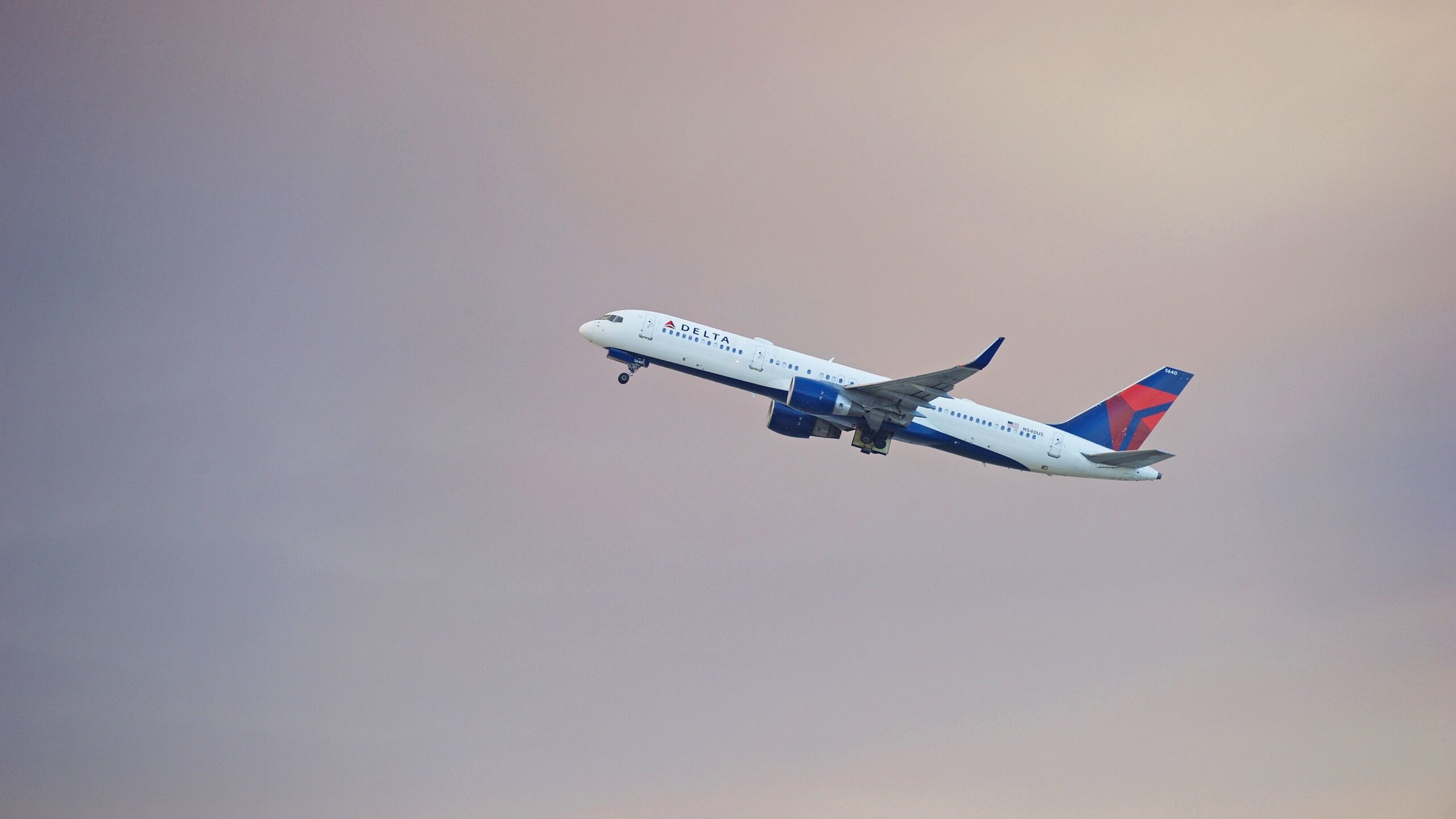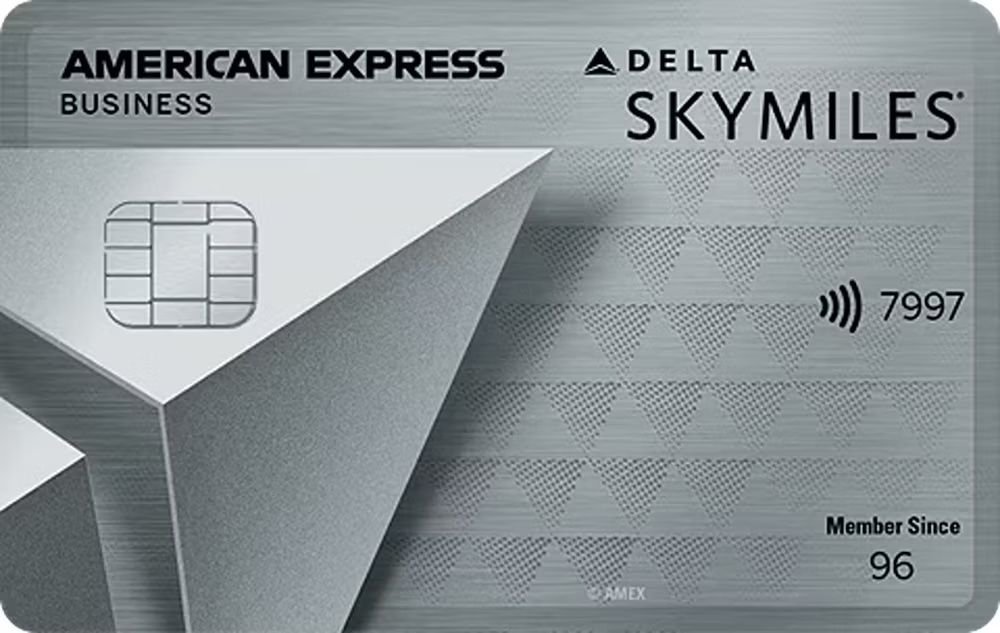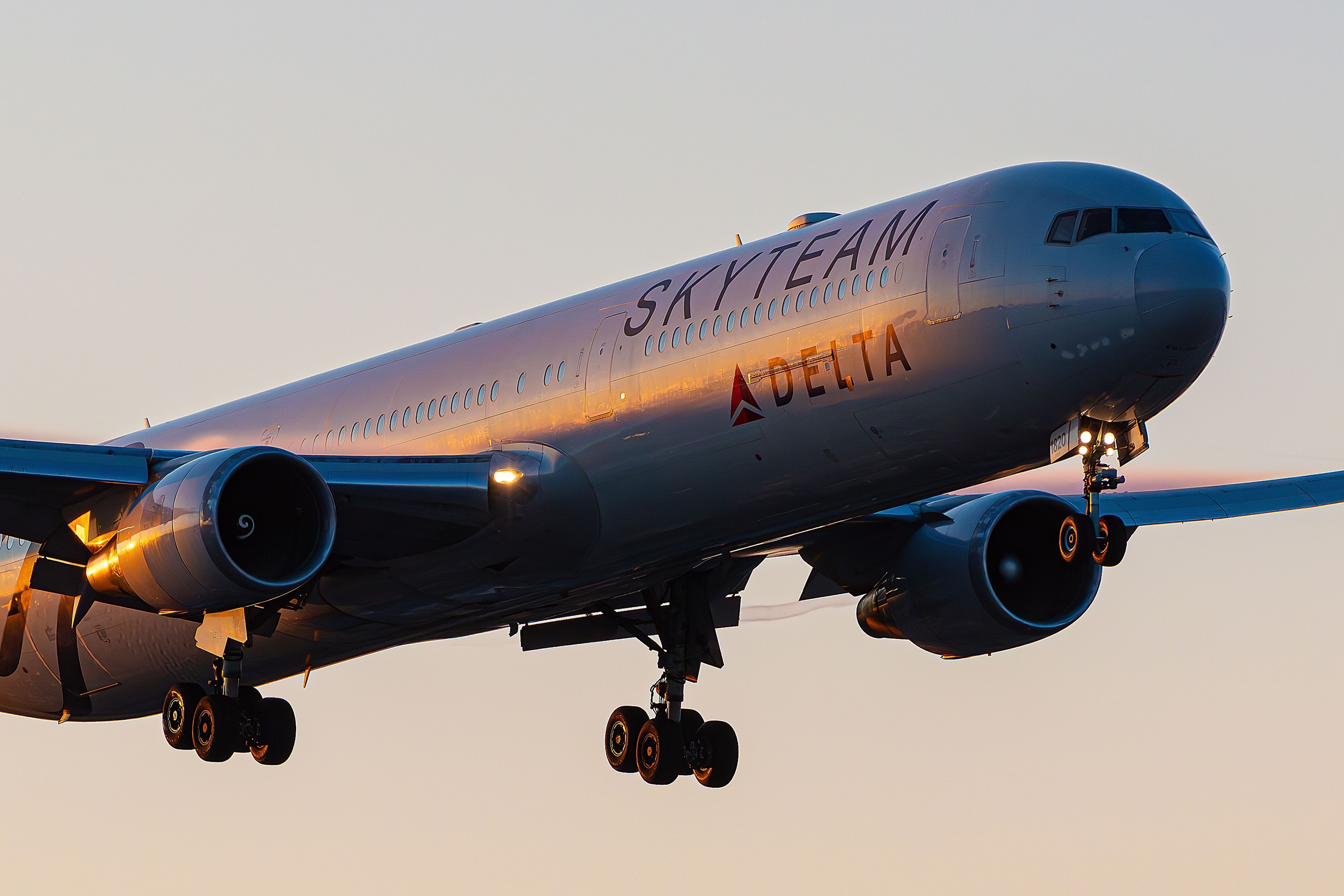Summary
- Delta SkyMiles American Express cards offer extensive miles, inflight benefits, and possible elite status.
- Gold and Platinum Amex cards have varying benefits- Platinum offers premium upgrades and higher fees.
- Upgrading from Gold to Platinum depends on spending habits and elite status aspirations.
Cobranded American Express credit cards are the backbone of Delta Air Lines’ award-winning
SkyMiles
loyalty program, as they offer extensive opportunities for customers to accrue miles on spending that they would otherwise do anyway. Furthermore, these cards also provide cardholders with a slew of both inflight and on-the-ground benefits that make their annual fees far more than worthwhile.
Two of the most widely-discussed credit cards in the American Express cobranded lineup are the Delta SkyMiles American Express Gold Card and the Delta SkyMiles American Express Platinum card, each of which offers its own unique set of benefits. The gold is the most basic of the two, offering fewer benefits but in exchange requiring a significantly lower annual fee.
Photo: American Express
The platinum, by contrast, comes along with a significantly higher annual fee but, in return, offers benefits that far exceed those offered by the rival gold card. Furthermore, everything from premium upgrades to elite status is within reach for a platinum cardholder while gold cardmembers will be far less likely to reap the benefits of these potential rewards.
For many who have had the Delta SkyMiles Gold card for a while, the potential of an upgrade to the platinum card may be appealing, but there are certainly some factors to consider before making such a decision. Let’s take a deeper look at what circumstances could make the Delta Amex Platinum a good upgrade over the SkyMiles Gold card.
The nuts and bolts
When considering whether or not to upgrade from gold to platinum, it is important to understand what each credit card has to offer. For starters, the gold is an incredibly useful credit card unto itself and has received multiple accolades from Simple Flying over the past year for everything it has to offer.
With an annual fee of just $150, which is waived the first year, the Delta Amex Gold offers a generous accrual schedule alongside other benefits such as a $200 flight credit, rideshare credits, hotel credits, and free checked bags on all Delta flights. With such extensive benefits, it is unsurprising that the Delta Amex Gold has been named the best US airline credit card of 2024 by Simple Flying, as well as the best first-time credit card for any airline frequent flier.
The Delta Amex Platinum is also not to be slept on, as it does offer impressive benefits that go far beyond what is offered by the Delta Amex Gold, albeit with a higher annual fee of $350. The card opens the door to complimentary premium upgrades, by allowing cardholders to place themselves on the cabin upgrade list when flying on an eligible ticket.
The card’s accrual schedule is also far more generous than the competing gold card, and even more attractive than the ultra-premium Delta American Express Reserve Card. With multiple different categories offering bonus miles, it is not challenging to understand why those who do have the card can rapidly rack up SkyMiles.
Photo: Jarek Kilian | Shutterstock
According to the Delta website, other benefits include a companion certificate that offers a free ticket (less applicable taxes) and multiple boosters to help one achieve elite medallion status. If all of the card’s benefits are effectively leveraged, one can certainly recoup their investment in the platinum’s annual fee.
There are some important drawbacks to note regarding the Delta Platinum card, weaknesses that would likely make the $350 fee significantly more difficult to swallow. For starters, the Delta Platinum card does not offer access to Delta’s primary pre-flight lounge, the Sky Club.
Overwhelmingly, access to the Sky Club is restricted to those who hold Delta American Express Reserve cards, which come along with an even heftier annual fee of $650. Furthermore, the Delta Platinum card does not offer access to the Centurion Lounge collection, among the most exclusive in the Amex network.
The bottom line
So, at the end of the day, the question remains: under what conditions does it make sense to upgrade from the $150-per-year Delta American Express Gold card to the $350-per-year Delta American Express Platinum Card? Well, the answer may not be as simple as it may seem.
The Delta Gold card offers rewards that are extremely easy to realize and benefit from, with lower thresholds for everything from signup bonuses to receiving different kinds of credits. As a result, recouping one’s investment in the Delta Gold card is extremely easy to do, provided that one spends consistently on the card throughout the year.
Furthermore, for one who only flies a couple of times per year for vacations, the Delta Gold card pretty much satisfies all of your needs. If you aren’t looking to attain elite medallion status, there are few strong arguments to be made for the Platinum card.
If one is looking to significantly elevate the nature of their travel experience, however, the Delta Platinum card may prove a worthwhile upgrade. Recouping one’s investment in the Delta Amex Platinum is not all that hard to do, but may require slightly more effort than the Amex gold.
For starters, those with the Delta Platinum card must effectively use the companion pass, to ensure that they are reaping the financial benefit on offer. Additionally, those with the card should work diligently to ensure that the hundred in rideshare, hotel, and other credits are used effectively.



